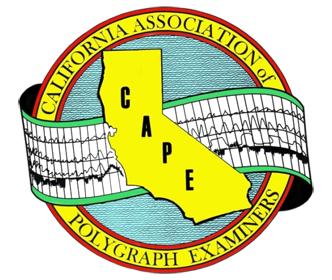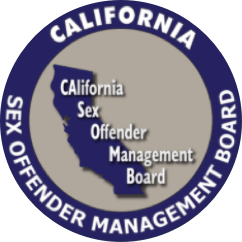Choose your Own PCSOT Examiner
Although PCSOT examination is governmentally mandated in California, your choice of polygraph examiner is not. SoCal Professional Polygraph, Inc. meets all of CASOMB Certification Standards for polygraph and provides private- pay PCSOT examination for clients seeking a higher degree of discretion or prefer to be tested by an examiner who is not retired law enforcement.
Ms. Fegley has been trained in PCSOT by the Marston Academy, Inc. which is accredited by the American Polygraph Association and completed an intensive PCSOT internship with the top PCSOT polygraph group in San Bernardino County. She is a member of the California Coalition on Sexual Offending (CCOSO) and adheres to all requirements and ethics of the California Sex Offender Management Board (CASOMB).









